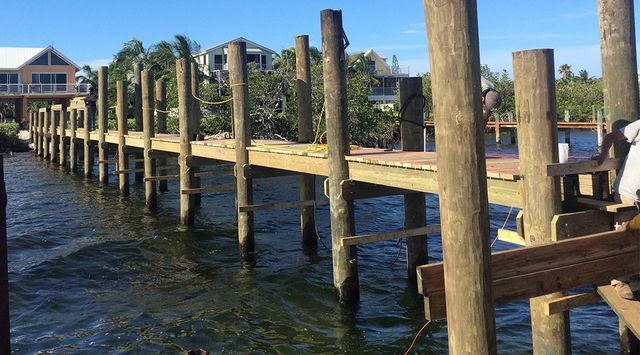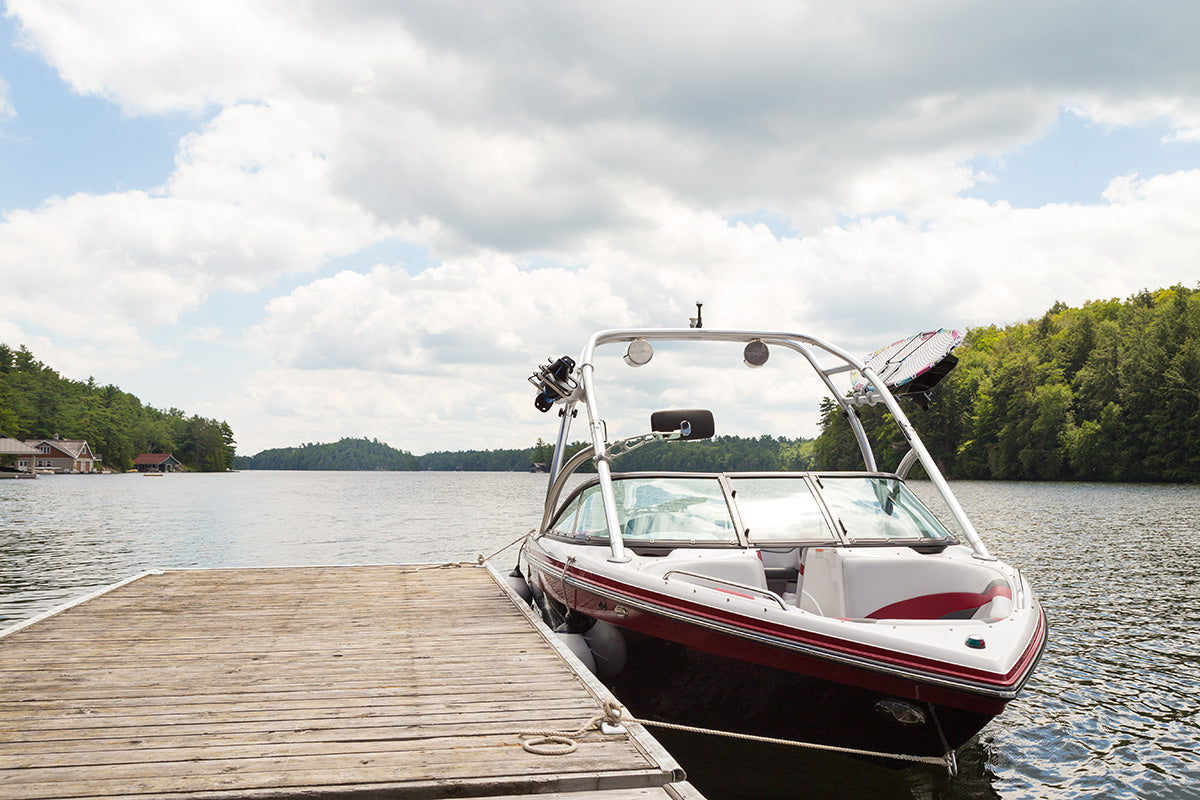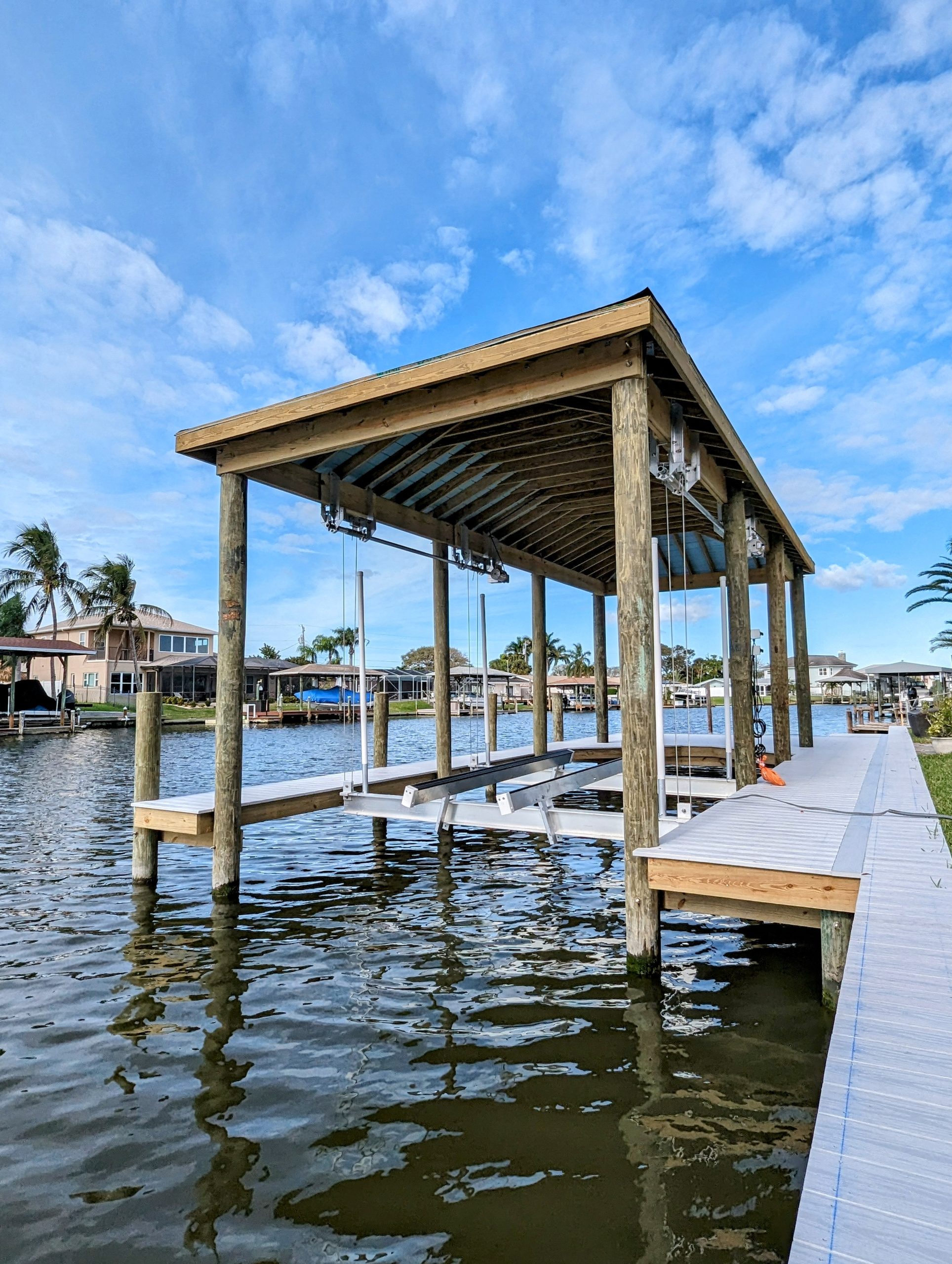Specialist Insights on Lasting Dock Repairs Solutions
Specialist Insights on Lasting Dock Repairs Solutions
Blog Article
Exactly How to Address Common Dock Repair Work Issues for Safe Water Activities

Identifying Common Dock Issues
Identifying common dock problems is vital for preserving the performance and security of your beachfront residential property. Normal examinations can aid reveal troubles prior to they end up being serious, making sure both the durability of the dock and the security of those who use it. One prevalent issue is loosened or corroded fasteners. Over time, screws, bolts, and other fasteners can end up being loosened due to consistent direct exposure to water and climate components, bring about structural instability.
Another common issue is the deterioration of flotation protection tools. These gadgets are necessary for keeping the dock buoyant, and any damages or slits can trigger the dock to listing or sink. Regularly inspecting for leaks or water logged floats can preempt extra considerable concerns.
Furthermore, algae and barnacle accumulation on the dock's surface area can develop slippery and unsafe conditions. This biofouling not just positions a danger to individuals yet can also accelerate the deterioration of the dock products.
Last but not least, checking for indicators of corrosion on steel components is important. Corrosion can compromise the integrity of the dock's structure, making it harmful. By regularly identifying these typical dock concerns, you can make certain that your dock stays safe and secure and functional for several years to come.
Fixing Rotting Wood
When resolving the concern of decaying timber on your dock, it is crucial to act promptly to stop further degeneration. Begin by extensively inspecting the entire framework to identify all impacted areas. Use a screwdriver to probe the wood; if it sinks in easily, the wood is likely decayed and needs immediate attention.
Once identified, remove the rotted sections making use of a saw or chisel. Make sure to reduce back to healthy and balanced, strong timber, guaranteeing you get rid of all endangered material. After elimination, treat the staying timber with a wood chemical to stop future rot. This therapy will assist protect versus dampness, which is the main cause of wood degeneration.
Following, replace the eliminated sections with marine-grade lumber or pressure-treated timber, which are a lot more resistant to water damages. Protect the new items with stainless-steel or galvanized bolts to prevent rust. In addition, applying a water-proof sealer to the new wood can offer an extra layer of defense.
Safeguarding Loose Boards
Exactly how do you ensure your dock stays useful and safe for all its individuals? One important aspect is protecting loose boards, which can or else pose considerable threats. Loose boards not just boost the danger of stumbling however can additionally compromise the structural honesty of the entire dock.

For reinstallation, use galvanized or stainless steel screws, as these materials offer superior resistance to corrosion in aquatic settings. Make certain the screws are long sufficient to permeate deep into the underlying support structure, yet not so lengthy that they stick out with the dock's surface area. Pre-drilling pilot holes can help prevent the have a peek here timber from splitting.
Last but not least, preserve a regular evaluation timetable to recognize and attend to any type of new problems immediately. By protecting loose boards properly, you add to the overall safety and long life of your dock, making it a reliable system for water activities.
Stabilizing Unstable Pilings
Guaranteeing the security of unsteady pilings is critical to keeping a risk-free and functional dock. Unstable pilings can endanger the entire framework, positioning substantial threats to customers and potentially resulting in expensive repairs. The initial step in maintaining these essential parts is a comprehensive evaluation. Examine the pilings for indicators of rot, damages, or changing. Use a level to check for upright alignment and guarantee they are driven deep enough right into the substrate to offer appropriate assistance.
If the pilings are located to be unsteady, one reliable technique for support is using additional bracing. Cross-bracing with dealt with lumber or galvanized steel can dramatically boost security. Support the dental braces securely to both the pilings and the dock framework to distribute tons uniformly.

Normal upkeep and routine reassessment of the pilings' stability are essential to making certain long-term dock security and capability.
Replacing Rusty Hardware
Addressing unsteady pilings is simply one element of preserving a dock's integrity; one more critical issue is changing rusty hardware. With time, exposure to dampness and salt can result in the oxidation and rust of screws, braces, and screws, endangering the whole framework's safety. Routine inspection for corrosion is essential, particularly after extreme climate or seasonal adjustments.
When rustic equipment is recognized, prompt activity is needed. Begin by picking marine-grade stainless steel or galvanized equipment, both made to stand up to the rough marine setting. Guarantee that you have the appropriate web link devices, such as wrenches and screwdrivers, to safely remove the old, rusty pieces without creating additional damage to the dock.
After removing the corroded hardware, thoroughly tidy the impacted areas to get rid of any kind of recurring corrosion or particles. Use a rust-inhibiting guide to subjected steel surfaces prior to installing the new hardware. Tighten all fixtures firmly to avoid future helping to loosen, and periodically check the installations to make sure recurring security.
Changing rustic hardware not just prolongs the dock's life expectancy but likewise substantially boosts the safety of water tasks. By proactively managing rust, you shield both the structure and its users, guaranteeing a safe and delightful beachfront experience.
Final Thought
Routine assessments and upkeep are essential to wikipedia reference address usual dock repair concerns and make sure safe water tasks. Such positive measures contribute to the total safety and capability of dock structures, promoting a safe and secure setting for water-based tasks.
Ensuring the safety and security of water tasks pivots substantially on the proper maintenance and repair work of docks (Dock Repairs). These tools are important for keeping the dock resilient, and any kind of damages or leaks can trigger the dock to list or sink. By regularly determining these typical dock concerns, you can guarantee that your dock continues to be safe and practical for years to come
Making sure the stability of unsteady pilings is extremely important to keeping a functional and secure dock.Routine evaluations and maintenance are essential to attend to typical dock repair service problems and ensure risk-free water activities.
Report this page